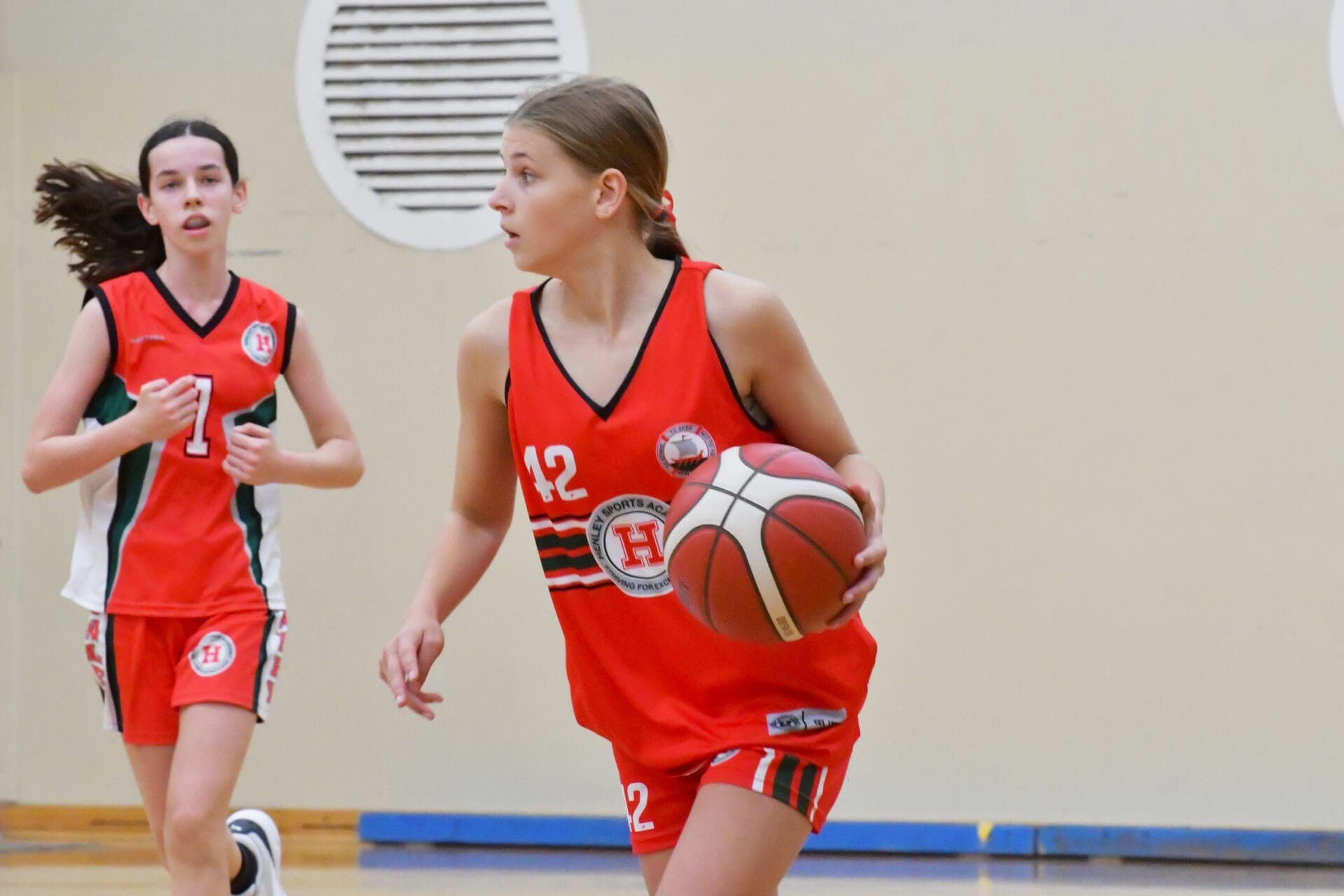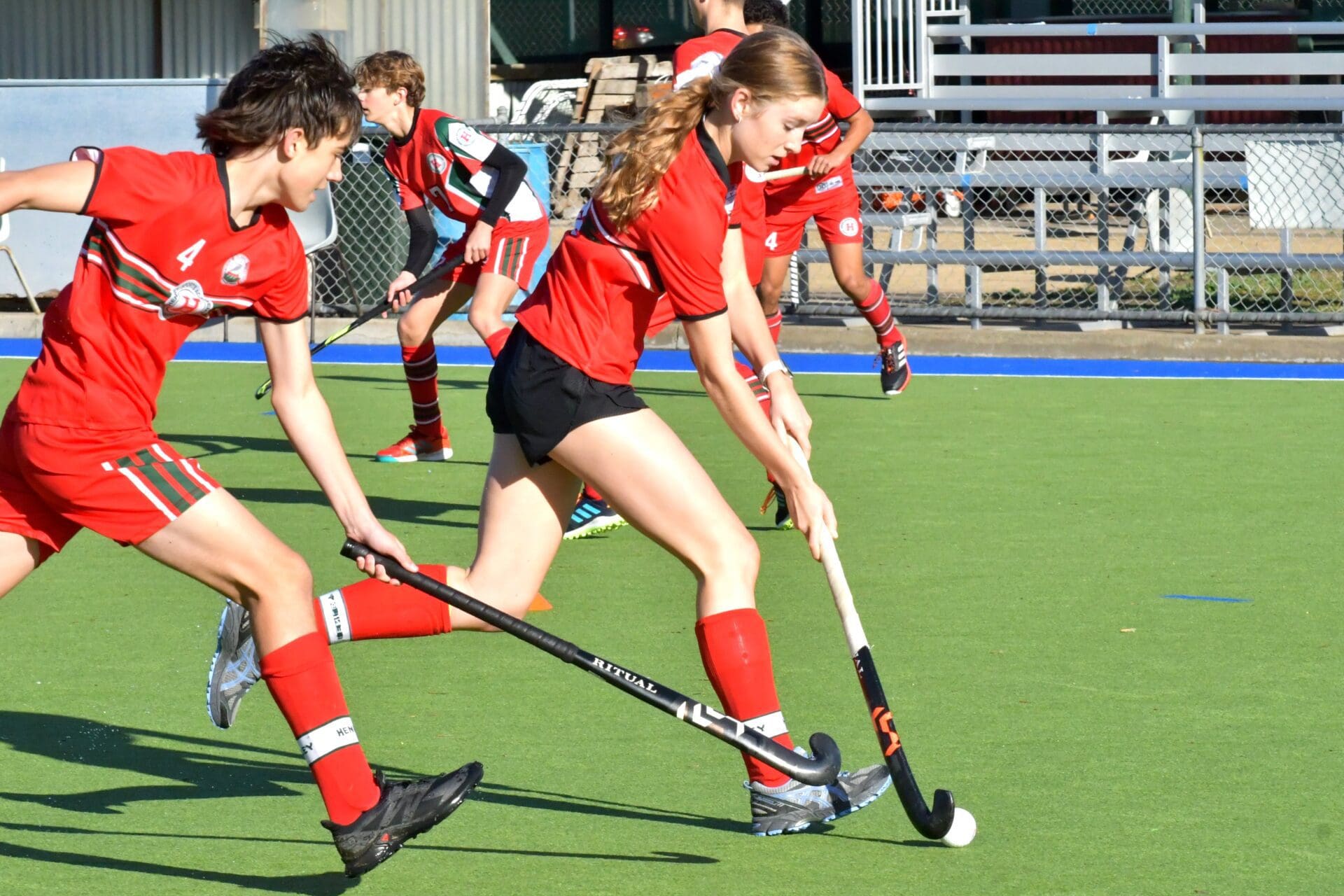Water safety
The water safety form at the bottom of this page is to be completed by the parent/caregiver for students participating in water activities. This form will be shown to school staff, water safety instructors and emergency services personnel responsible for this student’s safety in water activities.
Students are not permitted to participate in water activities without a completed and signed consent form.
Standard health care support for the most common health conditions
Standard health care support for the most common health conditions
Asthma
Any child currently prescribed asthma medication must bring their medication. An Asthma Care Plan should be attached to this form.
Standard first aid: Four puffs of reliever medication. Wait four minutes. If no relief, four more puffs, wait four minutes. If still no relief, call an ambulance.
No return to the water after two lots of reliever medication within any given session.
Seizures
Any student with a diagnosed history of seizures, must have an adult acting as one to one safety watch, provided by the school. Seizures are generally managed in the pool. Continuation in the water program that day will be assessed by a supervising teacher in consultation with the student’s health care plan.
Diabetes
First aid as per individual Diabetes Care Plan.
Severe allergy
As per Allergy Specialist Care Plan.
Drainage tubes in ears
Ear wrap or fitted plugs to be worn throughout water activities, unless written medical advice is provided saying this is not necessary.
Incontinence
As per Care Plan. Any accidents that result in contaminated water must be managed as per health regulations.
Cryptosporidium infection
Cryptosporidiosis is caused by the parasite Cryptosporidium. It is highly infectious and can be transmitted by swallowing water contaminated by the parasite in public swimming pools. The main symptoms associated with this illness include watery diarrhoea with stomach cramps. If your child has been diagnosed with Cryptosporidiosis or has had these symptoms recently, they should not use public swimming pools for 14 days after the symptoms have stopped.
Choking
As per Care Plan.
Infection
- All open wounds must be covered, for the child’s own protection, with a waterproof occlusive bandage.
- Students with significant unhealed wound(s) will be advised not to enter the water until the wound has closed.
- Students with ringworm should not commence water activities until at least 24 hours after commencement of appropriate treatment (usually a topical anti-fungal cream).
- Students with tinea should not go into pools or change rooms until at least 24 hours after commencing sppropriate treatment.
- Wearing slip-on footwear while walking in the pool and change rooms protects against transmission of some infections such as tinea.
Important note
Failure to provide adequate information about your child’s health condition will mean that in the event of a medical emergency your child will be treated with standard first aid management.


 About
About Sports
Sports Join
Join Connect
Connect Alumni
Alumni